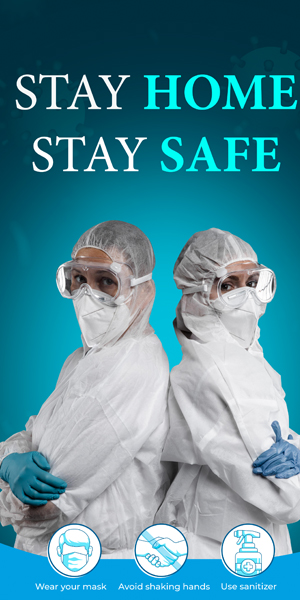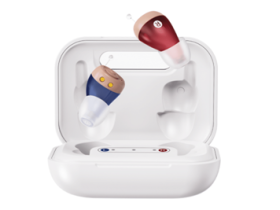The face is the first identity of any individual. Whether you like it, many people judge another person’s mood with his facial expression or smile. A minor jawline or face line flaw certainly changes your expressions permanently. As a result, they will rethink earlier than having a word with you. Everyone likes a flawless appearance, but what if natural flaws in the jawline are not letting them show their inner beauty? For that reason, docs have determined jaw-correcting surgical procedures like orthognathic surgery (แก้ปากอูม, which is the term in Thai).
Who Needs Mouth Correcting Surgery?
A doctor suggests mouth surgery primarily because of pakoom. Pak oom is the texture of a protruding mouth that makes you appear older than your present age.
Mouth troubles can arise naturally and because of injuries as well.
Some Common Examples Of Natural Mouth Issues Include:
The Cleft palate is congenital and is a mouth problem that improperly develops the mouth and organs. Open bite in which the mouth does not close as teeth no longer come together. Cross-bite occurs when the lower jaw line protrudes more than the upper one, and many issues change your face’s shape.
However, Injuries That Result In Mouth Shape Problems Include:
Facial fracture; is an effect of injuries that place a punch to your face. Face shape may also get damaged because of an improper bite. Too much growth hormone also affects the growth and development of the jaw lining.
Orthognathic surgery can efficiently resolve mouth or jaw problems. It is a surgical approach to removing a puffy or abnormal face.
Before Procedure
Every surgical related to muscular and tissues desires several pre-procedure tasks. To gather important information about you and the procedure area, your doctor may ask you to get your X-RAY report, CT scans, present images of your tooth and jaw, dental impressions, etc. A medical doctor might also scan your teeth and jaw for clear vision throughout the surgery.
Your doctor will not call you directly for surgery, and you will want orthodontic treatment before the procedure. Your doctor may fit braces, remove teeth, or do other treatments to prepare your mouth for a new jawline.
Your orthodontist may also ask you to restrict chewable food. It would be wise to have lots of soups and juices to stock up with essential minerals and vitamins, which will help you the most in recovery.
After Surgery
Recovery after orthognathic surgery is a slow process in three phases. Make sure you follow your doctor’s instructions compulsory to avoid disappointment.








Leave a Reply